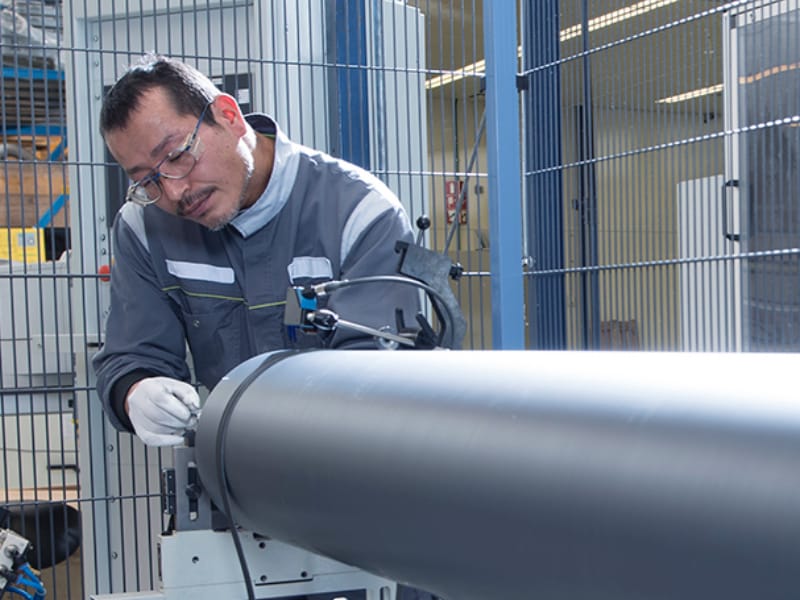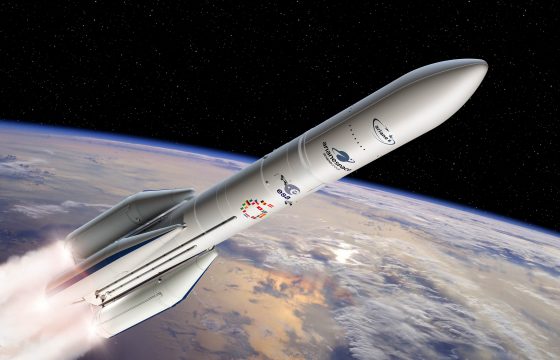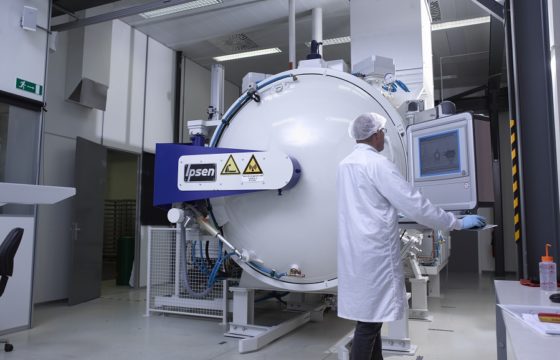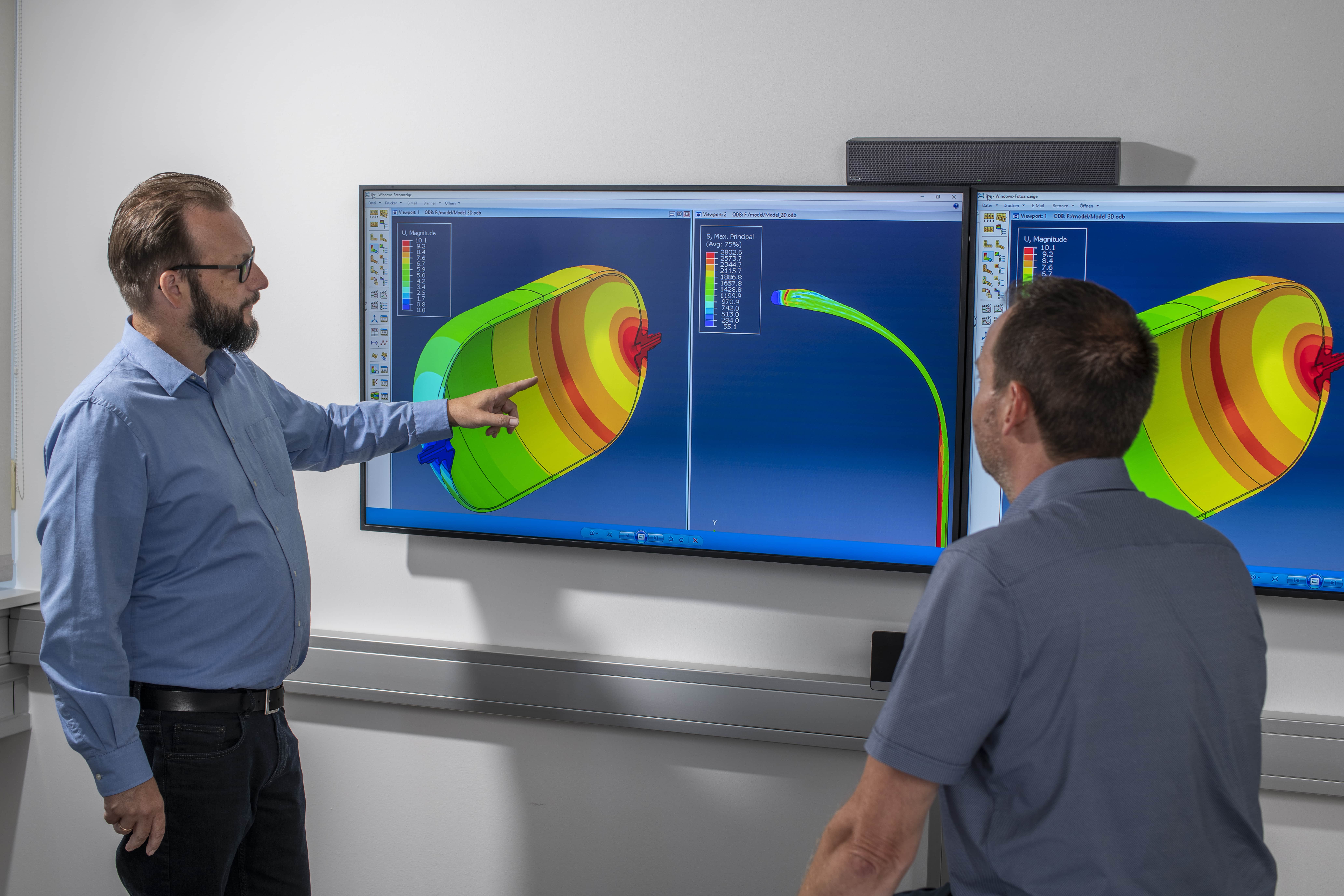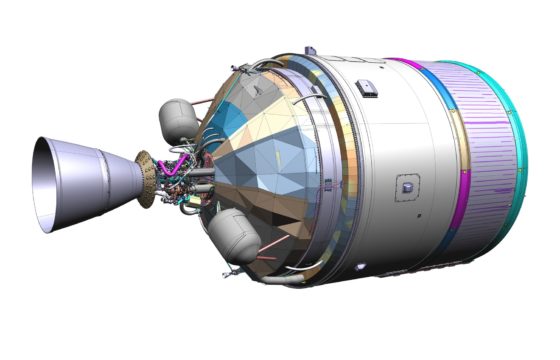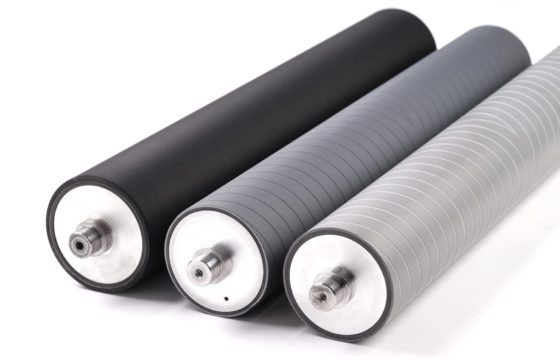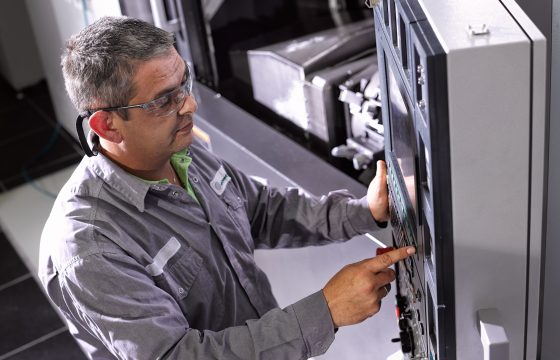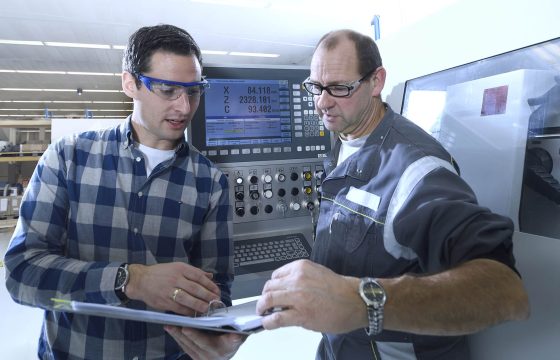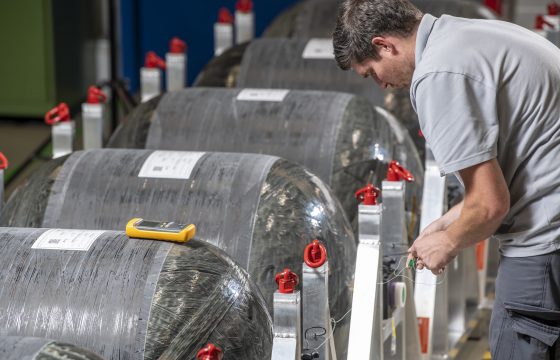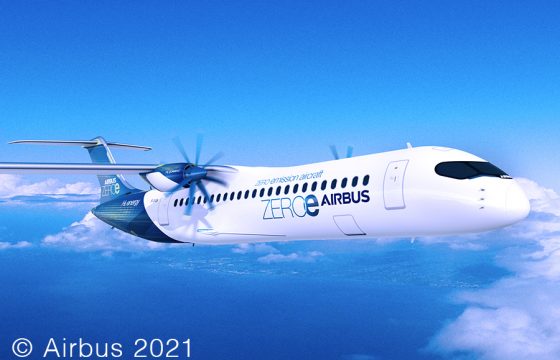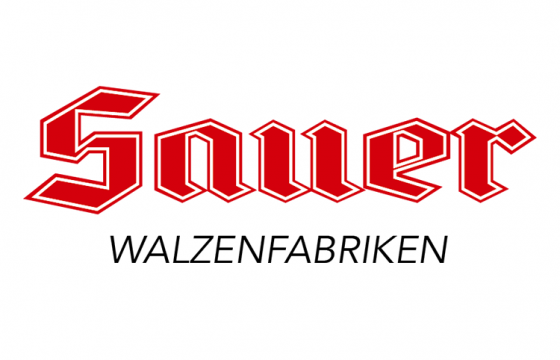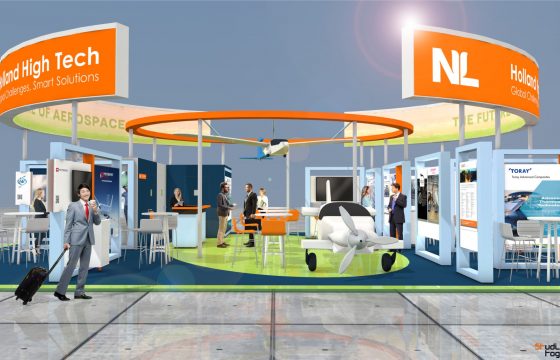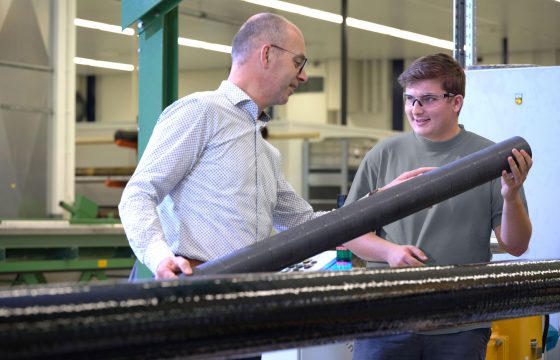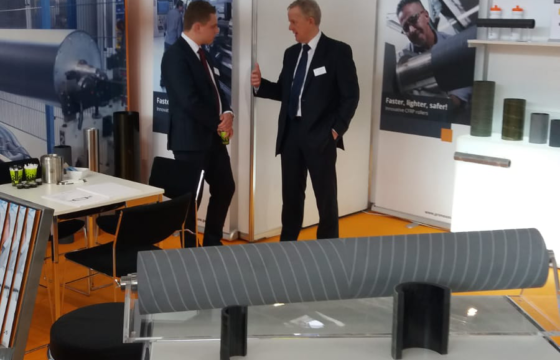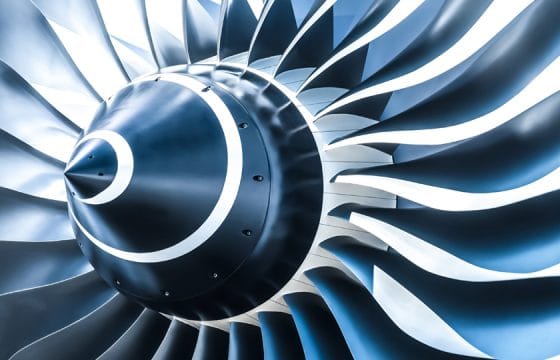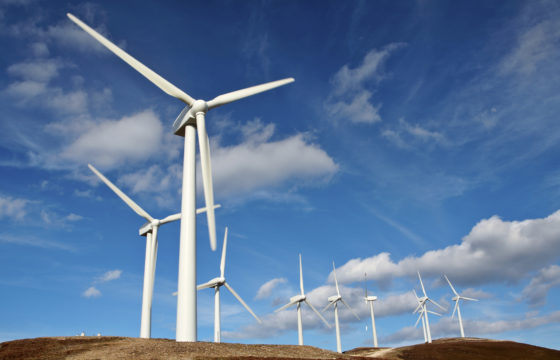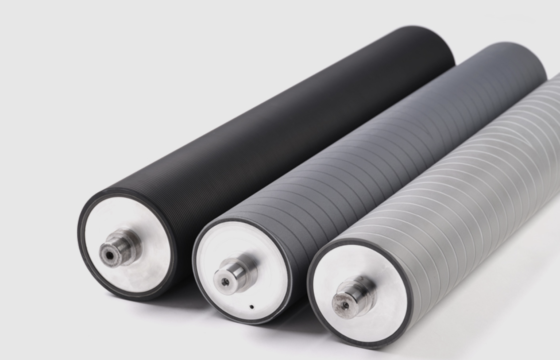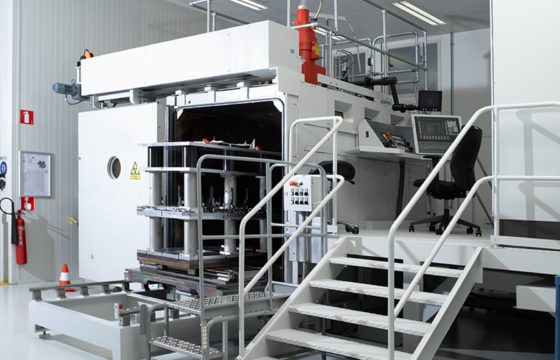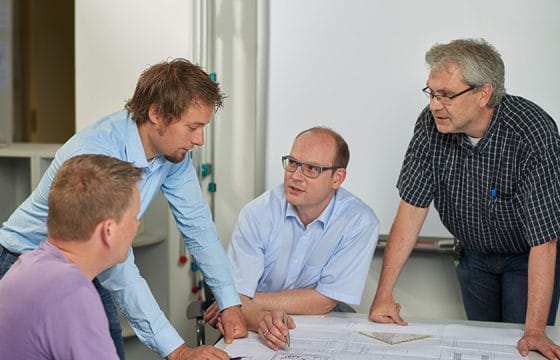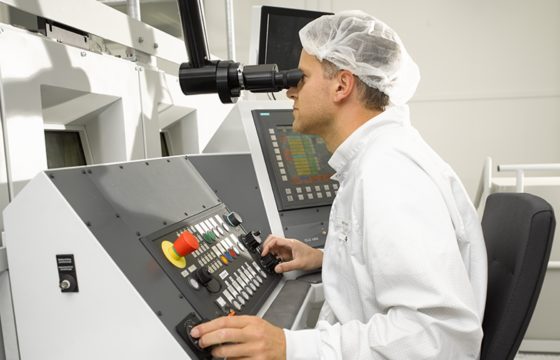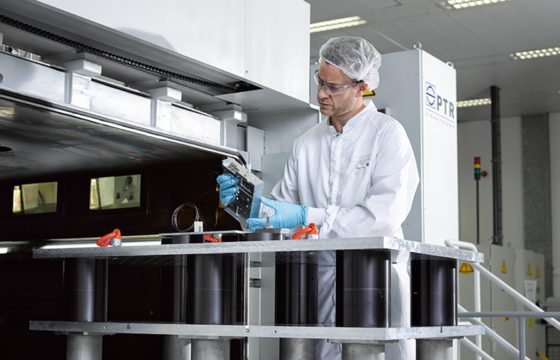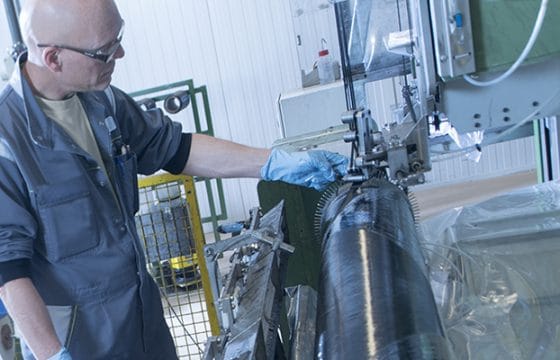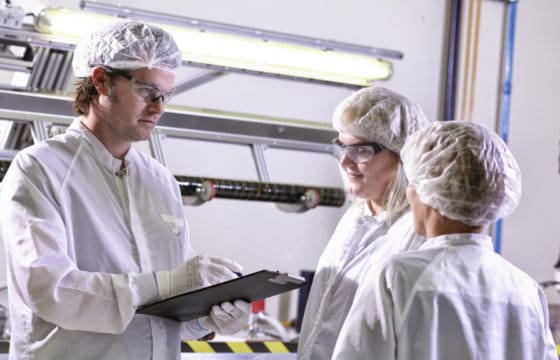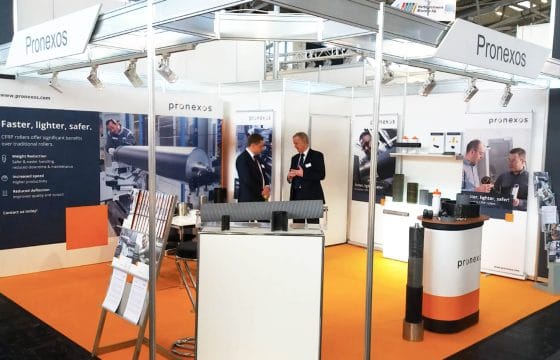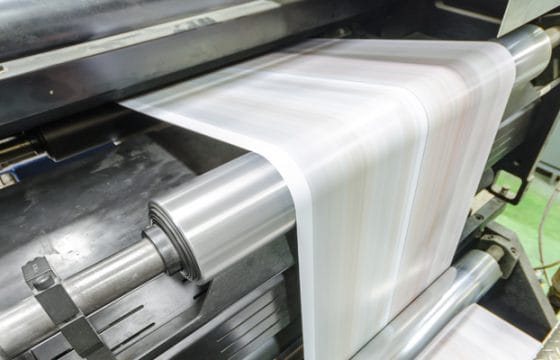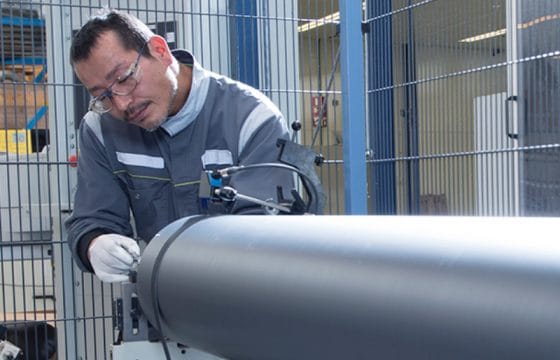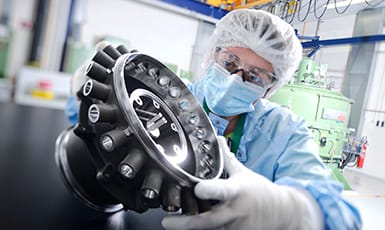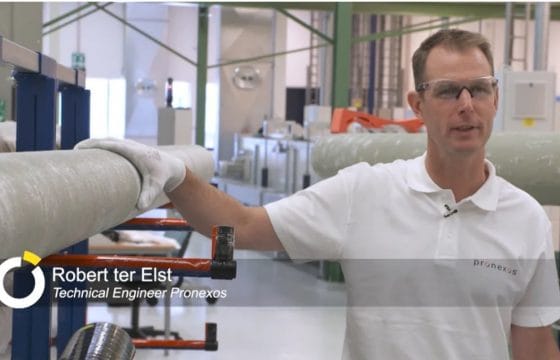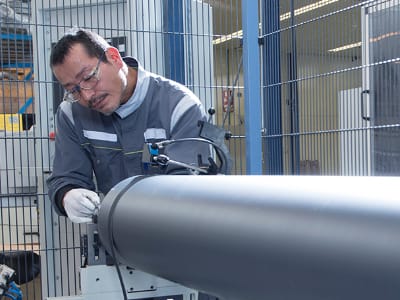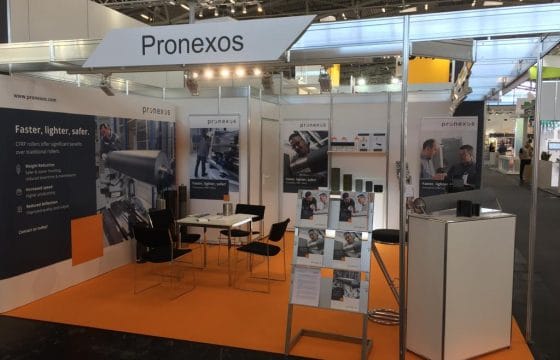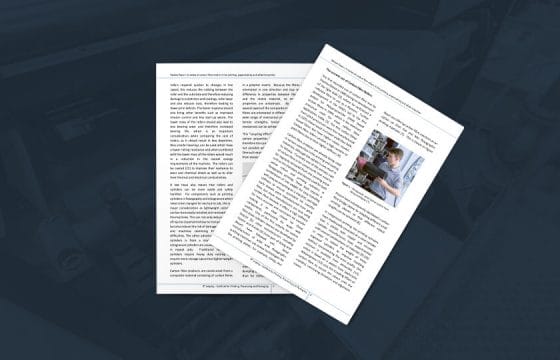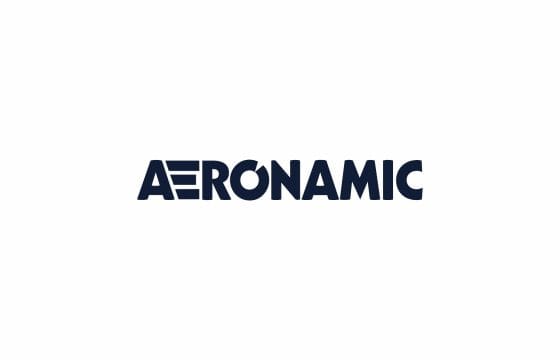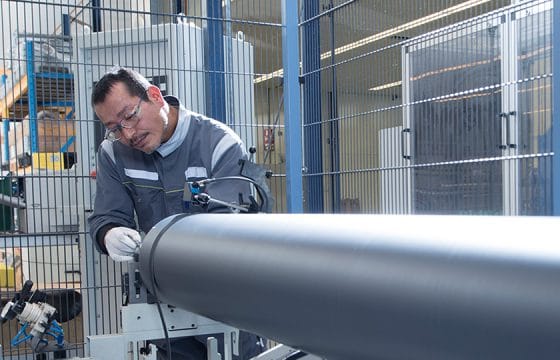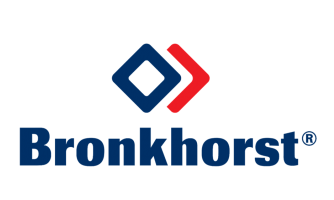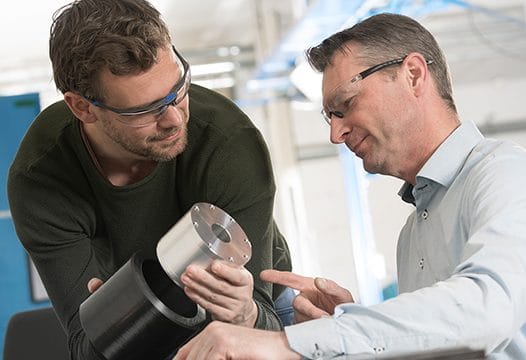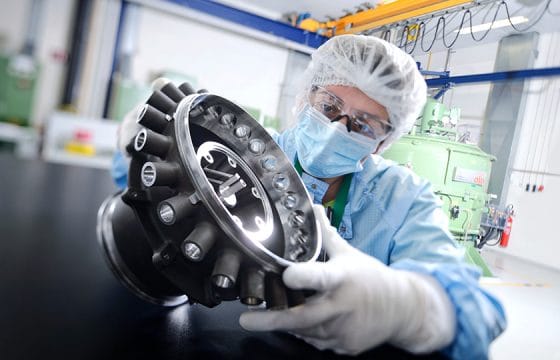The use of carbon fibre for rollers in the non-woven industry is comparatively new, but carbon fibre is a material that offers a range of compelling advantages for non-woven applications. These advantages can unlock performance and deliver greater results.
Demand for carbon fibre (CFRP) rollers is growing rapidly and CFRP is becoming the material of choice for many applications in the non-woven industry. Why? Critically, CFRP offers significantly reduced deflection over rollers made from other materials like steel and aluminium. This enables the use of much longer rollers, which in turn brings greater efficiency and larger scale to production, enabling greater sizes and faster speeds.
Based across two sites in the Netherlands and Germany, Pronexos is a supplier of CFRP rollers with an impressive track record – over four decades of experience in the design and manufacture of CFRP rollers and tubes.
“The advantages of CFRP specifically for non-woven is low deflection and weight reduction” comments Philipp Kroschner from Pronexos. “Our customers are typically replacing aluminium rollers with a higher deflection, which are being used in a wide range of applications from medical face masks to artificial grass. This move enables them to implement longer rollers in their production lines.”
As well as reduced deflection, carbon fibre can also offer measurable improvements in strength, hardness and general resistance to wear-and-tear. “The combination of weight reduction, low deflection and strength makes carbon fibre the ideal choice for applications where the manufacturing process is quite rough or dirty” says Kroschner. “Corrosion of some sort is inevitable in steel rollers, but CFRP does not degrade in this way.”
Pronexos can manufacture CFRP rollers up to 6m in length in carbon fibre and can supply rollers with a range of coatings including rubber and its own registered composite coating.
